will my teeth shift after extraction
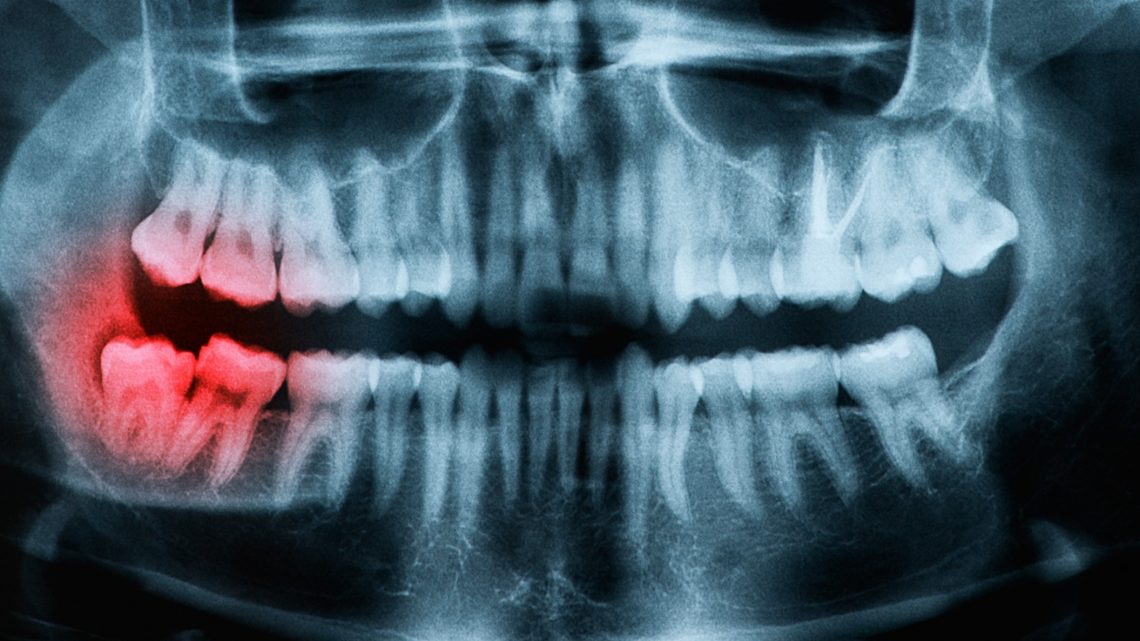 7 reasons why your teeth are shifting (and what you can do to stop it) | Band & Wire
7 reasons why your teeth are shifting (and what you can do to stop it) | Band & WireDental Implants for LifeDental Plants for LifeYour tooth was extracted: Now what? It should be necessary nowWith so many teeth replacement options and recent advances in dentistry, it can be overwhelming to decide how to replace a tooth removed or multiple teeth. If you are tired of constant failed dental work and research your options after tooth extraction, you have come to the right place! We will clearly explain common tooth replacement options so you can select the best restorative treatment for your budget and lifestyle. If this is the first tooth you've lost, you've just joined the 178 million Americans missing one or more of their 28 natural adult teeth. If this is the first tooth you've lost, you've just joined the 178 million Americans missing one or more of their 28 natural adult teeth. When considering restorative options, the first factor to be taken into account is usually costly. Dental emergencies are uncomfortable and unexpected, and there is usually no hidden "total fund" waiting for the next oral crisis. At one end, there is a fear of irresponsibly selecting an option that is out of budget. At the other end, there is the fear of selecting a quick solution that will cost much longer term. This article will review the price range for restorative treatments and explore the value of each option.5 Common Tooth Replacement Paths: If a tooth was removed from the back of the mouth, you may be asking if you will lose it. It is very possible that you can live without compromising your strength of chewing or oral health, but you should visit a dental expert for an evaluation. An X-ray or panoramic can help predict whether the lost space will change the way the jaw closes when it bites or allows other teeth to change. Often, patients come to us with lagoons lost in their teeth that have been neglected. The problem with not doing anything about lost teeth is that inaction can lead to bone resorption, or bone loss, of the jaw. If you lose too much bone, there is a possibility that you will not be a candidate for certain restorative options after tooth extraction. The only long-term solution that prevents bone loss is, but no matter what option you choose, it is important to get regular checks and keep a close care in your dental health. What if a removed tooth is not replaced? When your jaw is closed in a bite position, each tooth should press firmly against another tooth. A tooth that stays unconnected in the opposite jaw, ultimately, will move upwards, downwards or forwards into an open space. Even if all teeth still connect post-extraction, there is still the possibility that this will happen if a space is not restored. In extreme cases, if a removed tooth is not replaced, its bite can change in a way that tightens the joints of the jaw and causes. All risks must be considered and discussed as any missing dental breaches for too long will result in bone mass loss in that area of the jaw, which makes it much harder to restore the tooth at a later time. Tooth Flipper For a single missing tooth, you can create a fake tooth instead for cosmetic purposes at a low cost of $350-$500. The clamps are supported by the palate (mouthroof), gums, or teeth, using acrylic or metallic hooks. However, volterets are often lost over time and are not an ideal long-term solution. Another important disadvantage is that a flipper will not avoid . Read more: Learn more: Anchoring a Cemented Bridge The cost of a cemented bridge ranges between $700-$1,800 per crown or bridge section. A bridge does not require any additional oral surgery, which also makes it one of the fastest solutions for a lost tooth. What dentists often do not include in their presentation is a discussion of realistic expectations for the long-term success of treatment. The cemented bridges are typically made of three crowns merged, with the central crown that serves to fill the space where the natural tooth is missing. The crowns on each side must be anchored to the natural teeth adjacent to space. Bridges are not recommended for two consecutive spaces, as it creates too much distance between anchors. To serve as anchor teeth, natural teeth are introduced into small pegs so they can fit into the bottom of the bridge. This process reduces the thickness of the enamel and the natural protection around the sensitive tooth pulp that contains the nerve of the tooth. When the plaque crawls under the bridge and reaches areas that cannot be brushed or whipped, the decay quickly spreads through the thin enamel of the anchor tooth. Even if disintegration is avoided, anchored teeth have to do twice the work they were meant to do so, which risks root fracture and infection. Full Retainers Full retainers are also used to keep false teeth in the position of a breach for a similar quota of $300-$700. Like the Invisalign concept, these light retainers cover the full arch, which keeps the palate open and applies less pressure than the devices that use individual anchor teeth. Although safer than volterets, retainers are not so discreet as they cover the forehead. Both types of appliances should be eliminated to eat and speech alterations can be a problem. Partial dentures A device intended to be longer term is partial denture, which includes one or more sections of false teeth made of pink plastic designed to look like gums. These devices are delivered to improve the cosmetics and the function of chewing. The cost of a partial denture depends on the quality of the materials and the experience of the doctor. The most basic and standard partial denture can cost as little as $300, and a custom supplement made with premium materials by a board certified prostodontist can cost more than $6,000. The more you spend, the better your chance to get a partial denture that you can tolerate. Adhesives often need to be re-applied after each meal that can be frustrating and consume a lot of time. Those who are not able to chew with their partial dentures learn to chew in their front teeth or mash the food against their gums. Many prefer this way of eating on the discomfort of sharp food particles that pinch their gums when the device moves and food changes below. Like cemented bridges, the greater dependence on surrounding natural teeth accelerates the loss of teeth and shortens the useful life of treatment. Although the anchored teeth are not presented in wigs the way the cemented bridge anchors are, the hooks and shoots are rubbed against the enamel and can cause teeth to chip and decay. Replace the tooth with a tooth implant The only way to replace the full tooth and avoid causing damage to the surrounding natural teeth is to replace the tooth with a tooth implant. The most traditional tooth implants usually involve three stages. The first step is the extraction of teeth, usually accompanied by the placement of a bone graft to prevent the jaw from shrinking in the area that will be restored. After a few months of healing, the small dental implant is surgically perforated in the bone below the space of the lost tooth. The implant restores the original dental root and preserves the bone around it, avoiding bone loss and the change that is so common with all other treatments. Dental implant is hidden under the gums and it is allowed to heal for several months before the crown, which is the final step of the treatment. With this type of traditional implant treatment, a removable device is normally used to temporarily cover the space during the healing period. Since implantation and implantation do not depend on other teeth and are not susceptible to disintegration, it may be assumed that the restoration of the dental implant will last throughout the patient's life. While many patients are deterred by the additional time and cost involved with this treatment, others find it to keep the value more because it avoids additional time and costs along the road. The combined cost of a dental implantation and implant-supported crown procedure ranges from $3,500 to $5,000 for a traditional treatment schedule. In some cases, dental implants can be placed at the time the tooth is removed. The cost of dental implantation is usually $500-$1500 more for the same day treatment. Many opt for the traditional timeline to receive more affordable dental implants. Video: Robert's experience with dental implants5 Frequently asked questions about surgery and recovery of dental implants1. Will I be awake during implant surgery? If you need an implant or a full mouth, you will be put to sleep with a local anesthesia.2. How long is it? Everyone heals differently. Typically once implants are placed with temporary crowns, healing time varies from 3-6 months. Once you have your permanent crowns, you need 3-6 additional months to fulfill total healing.3. Is dental implant surgery painful? Breathe calmly, dental implant surgery is not painful. According to prostodontics, placing in an implant is easier than extracting a tooth. During dental implant surgery you are put to sleep with local anesthesia. The most you will feel is discomfort after surgery that may last a few days. The discomfort is typically felt in the chin, cheeks and jaws; all discomfort can be handled with Ibuprofen.4. What can I eat while I'm healing? Will I be in a liquid diet? After dental implant surgery, you will be on a mild diet during the first three months of healing. Our treatment coordinators will provide guidelines for eating and avoiding food. Once your jaw has healed, we recommend a mild and graduated diet. Until you're comfortable, we advise you to eat any food that can be cut with the side of your fork. Once your jaw has healed completely and your final prosthesis has been placed, you can eat all the foods you love, including steak and corn in the coconut! Read more: Read more: 5. Will I have teeth in a day with dental implant surgery? Treatment of dental implants can be completed in one day! After you have removed your teeth and replaced with new dental implants, you can go home with a new smile. If you are interested in removing a few teeth, once you come to a consultation, the prostodontic and treatment coordinator will allow you to know the time frame for this procedure. Program a free consultation today! Explore your dental implant treatment options by contacting our dental implant specialists in Chicago and Waukesha. Call us at 844-365-7645 or online. Schedule a free consultationMore informationRelated informationRelated informationEON Clinics Dental implant centers in Illinois, Indiana and Wisconsin are family-owned and operated. As a result, we are able to reinvest profits in what matters to us most — — providing exceptional patient care with a fair cost of dental implants and support to the communities in which our employees and patients live. Most of our patients qualify for dental implants of the same day performed by our highly qualified dental Implanted doctors, including prostodontics, periodontists and oral surgeons. Dental implants may last Life. Studies have shown that in most cases dental implants can last more than 25 years with proper care and regular cleaning.
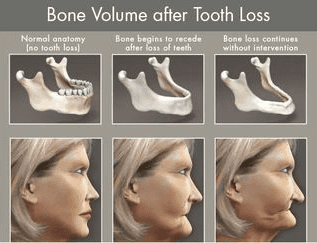
What you should know before you get an extraction and why you should consider bone grafting.
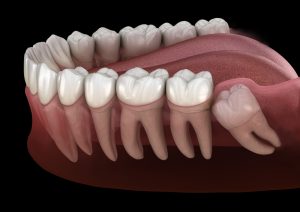
Does Tooth Alignment Change After Having Your Wisdom Tooth Extracted?

Instructions After Tooth Removal | Tooth Extraction Care Instructions

Dr. Jeffrey Dorfman, Dentist
Why Are My Teeth Moving Apart? - PORTAL MyHEALTH
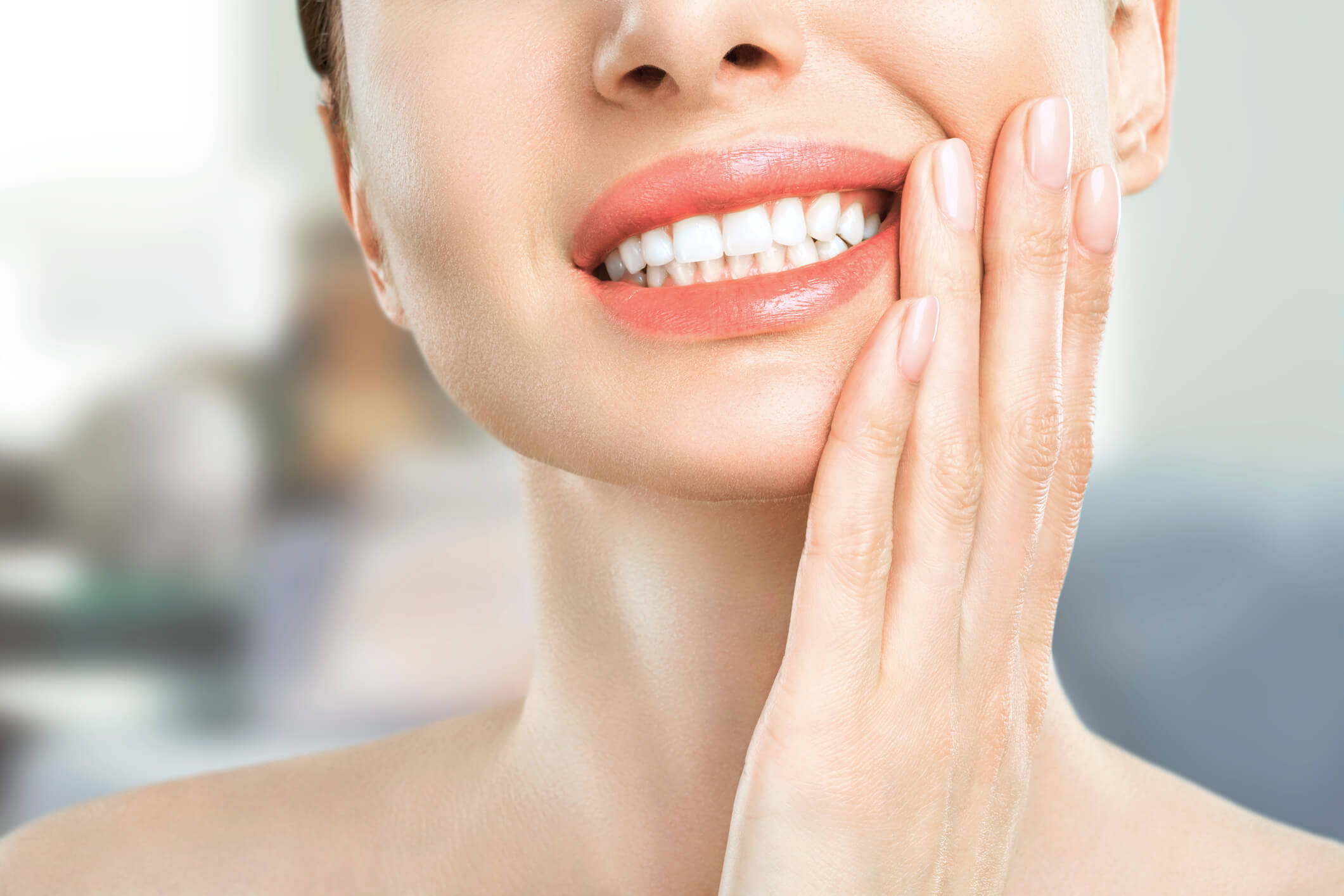
Will My Teeth Shift After a Wisdom Tooth Extraction? - Dean Dental Solutions

Wisdom teeth – Myths and realities | Bücco
How A Space Maintainer Will Look In Your Child's Mouth | Oral Answers

When & Why You Need Tooth Extraction for Orthodontic Treatment
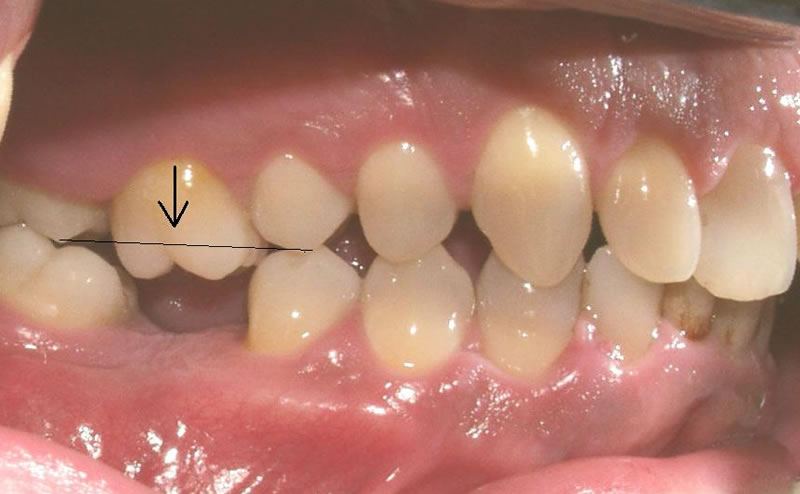
Tooth Extractions - Toronto, North York, Scarborough
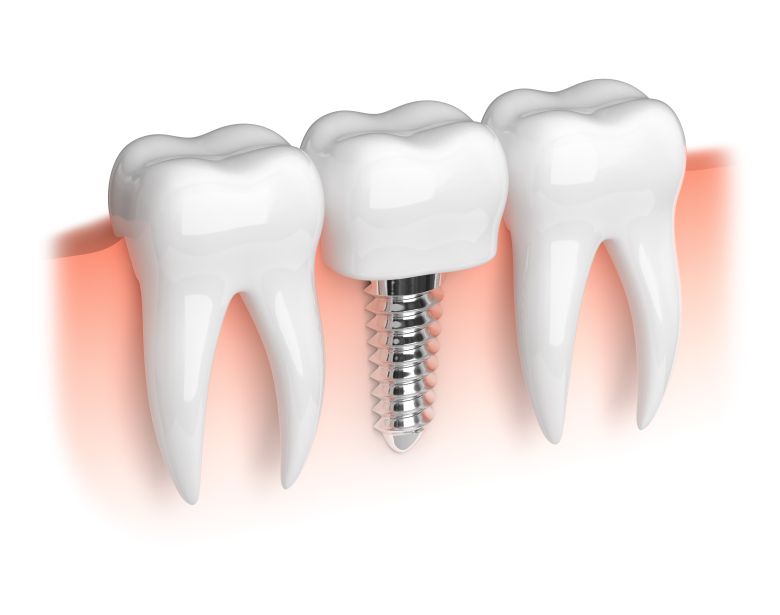
Missing Teeth: Do I Need to Replace My Back Molar? - Distinctive Smiles of Dublin

My Tooth is Knocked Out - What should I do now?
After a tooth extraction, how can you prevent teeth from shifting (I heard this was a possibility); would a retainer work? - Quora
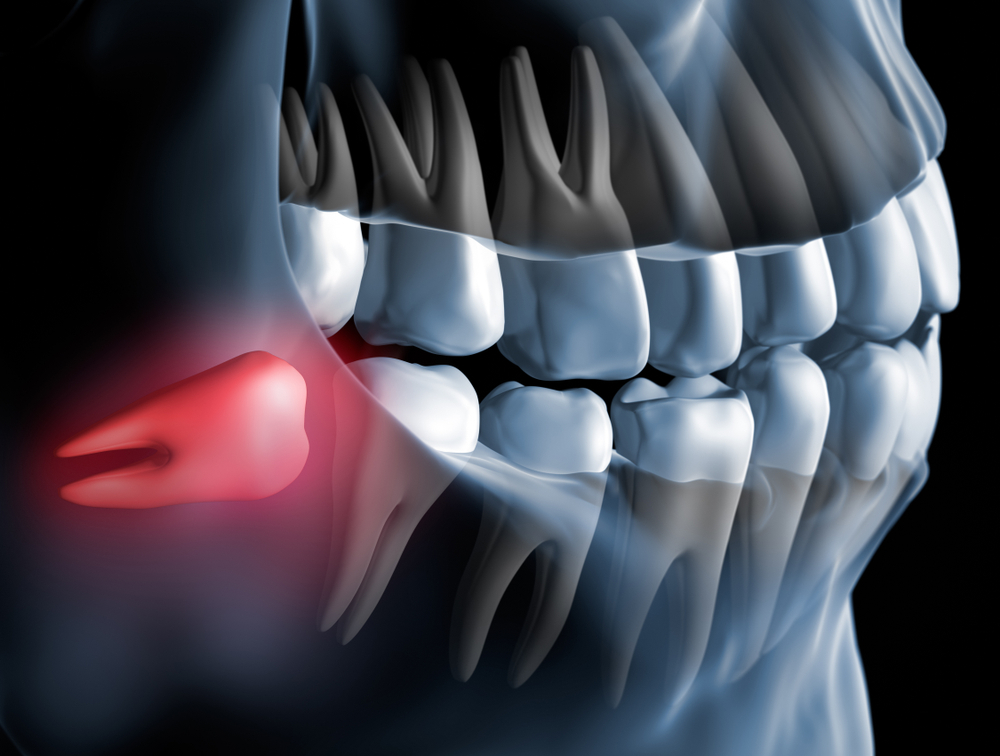
Wisdom Tooth Extraction: Can This Cause Teeth To Become Misaligned?
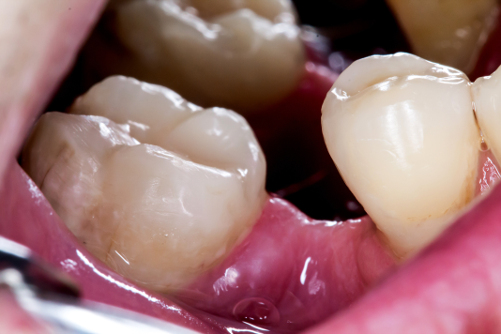
6 Dental Effects of Missing a Tooth | Consumer Guide to Dentistry

When & Why You Need Tooth Extraction for Orthodontic Treatment
Tooth extraction in orthodontics: an evaluation of diagnostic elements
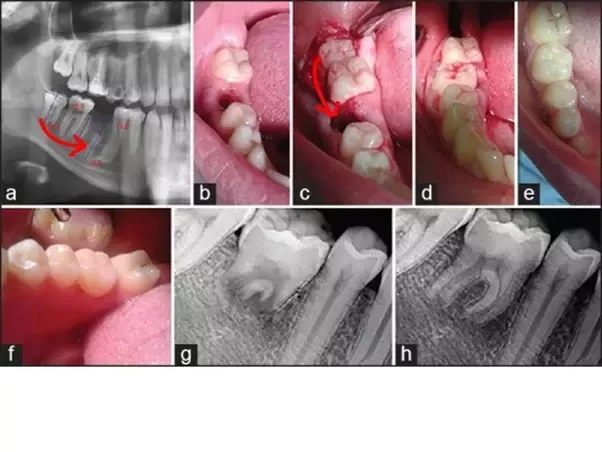
Can a wisdom tooth replace a bad molar? - Quora
Is Teeth Shifting After Wisdom Tooth Removal Possible?

Teeth Shifting: Why This Occurs and How to Prevent

When & Why You Need Tooth Extraction for Orthodontic Treatment

Are My Wisdom Teeth Are Causing My Teeth To Shift?

Missing Teeth: Do I Need to Replace My Back Molar?
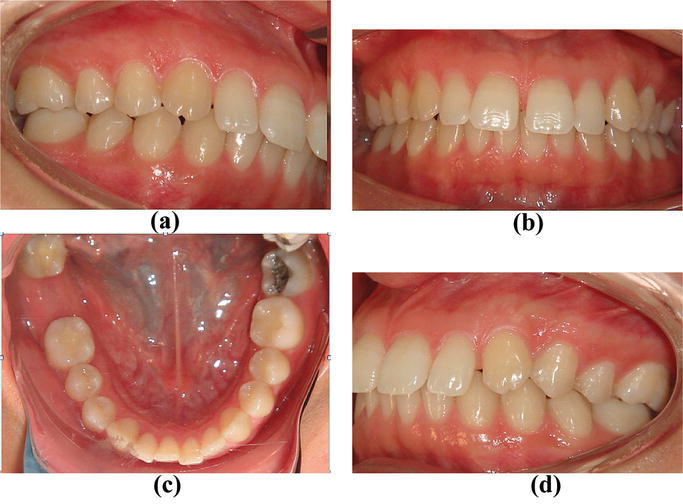
Orthodontic Management of Residual Spaces of Missing Molars: Decision Factors | IntechOpen

Extractions & Wisdom Teeth Extractions | Grand Island, Nebraska | Anderson Dental Care

Wisdom teeth – Myths and realities | Bücco

Moving the Midline | DentistryIQ
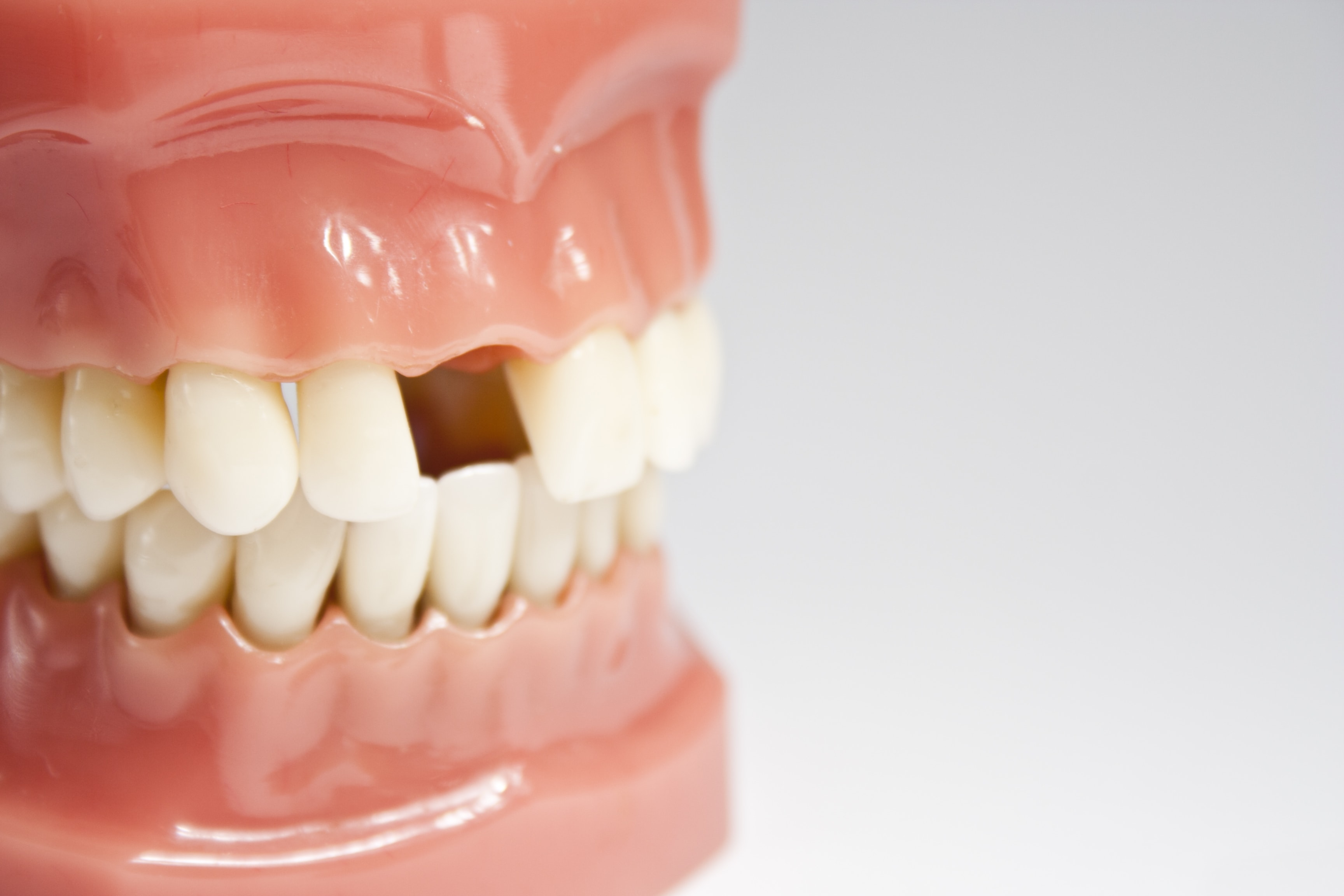
6 Dental Effects of Missing a Tooth | Consumer Guide to Dentistry
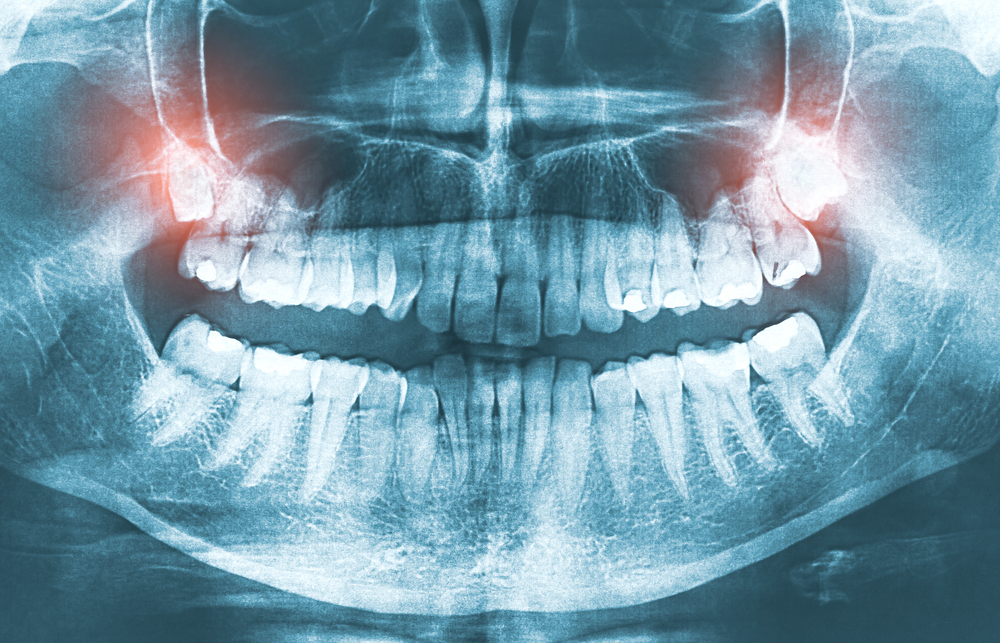
Does Tooth Alignment Change After Having Your Wisdom Tooth Extracted?

Why Do I Need Braces on My Top AND Bottom Teeth? | Labbe Family Orthodontics

How long does it take for your gums to heal after tooth extraction to be ready for dentures? | Denture Helper
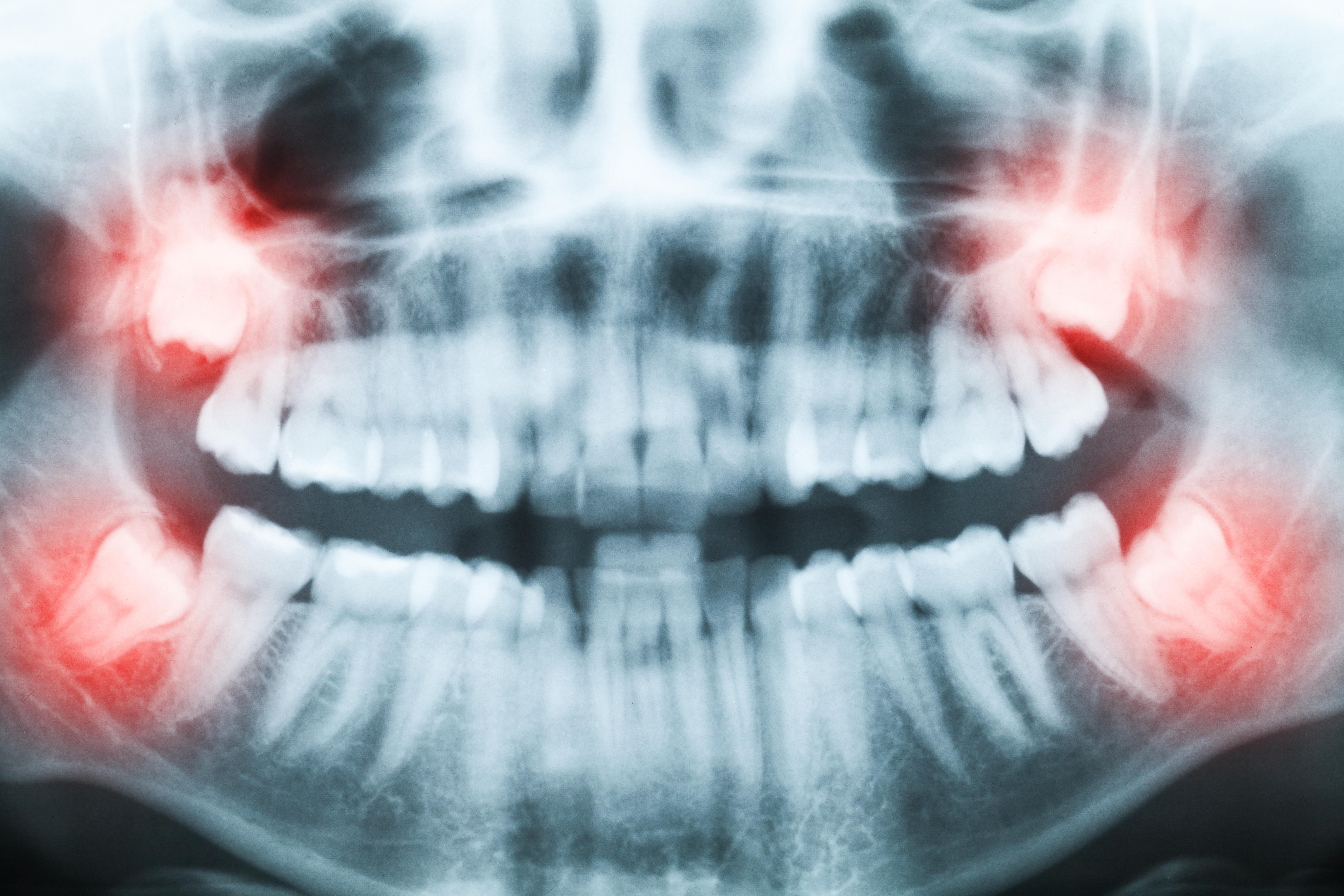
Wisdom Teeth Removal | Tooth Extraction Cost & Recovery Info

Tooth Extraction: What happens if I decide not to replace a missing tooth?
Tooth extraction in orthodontics: an evaluation of diagnostic elements

Why Are My Braces Having Trouble Closing the Spaces Between My Teeth? | Affordable Braces - Jorgensen Orthodontics
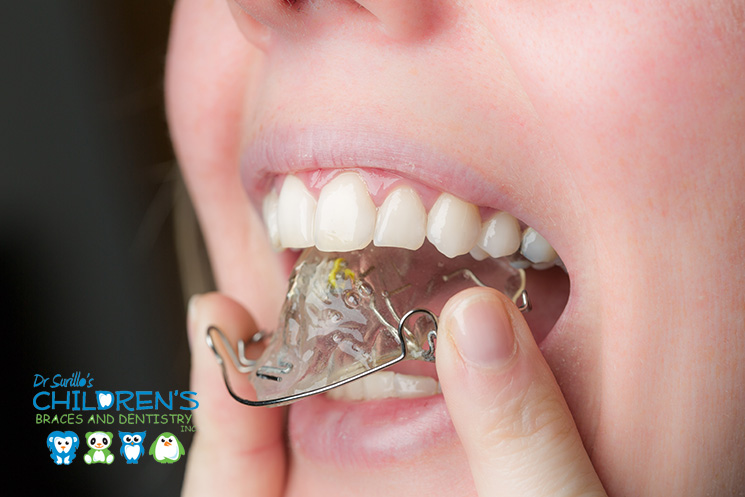
Will Your Teeth Move Back if You Forget Your Retainer?

Why it is good to put a space maintainer in after extraction - Teeth can move! | Dental, Cuidado dental, Odontología

The 48 Hours After Your Wisdom Teeth Have Been Removed - IronHorse Family & Cosmetic Dentistry Leawood Kansas

Wisdom Teeth Removal After 30: What Should You Know
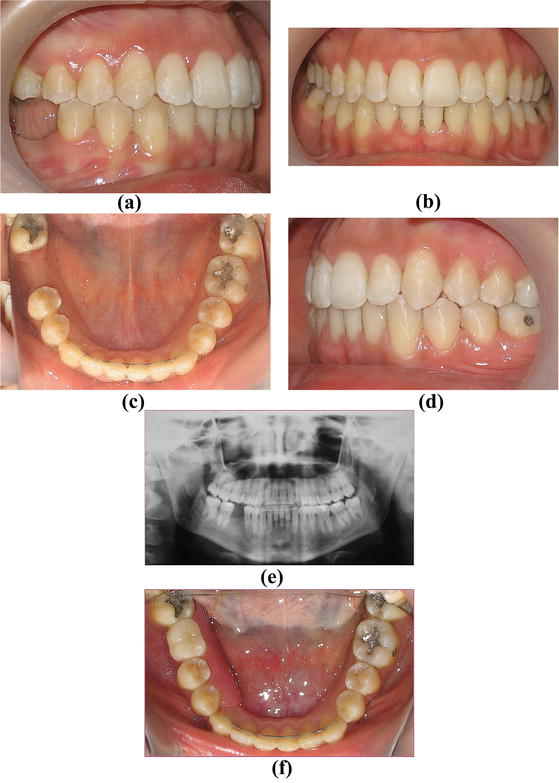
Orthodontic Management of Residual Spaces of Missing Molars: Decision Factors | IntechOpen
Posting Komentar untuk "will my teeth shift after extraction"